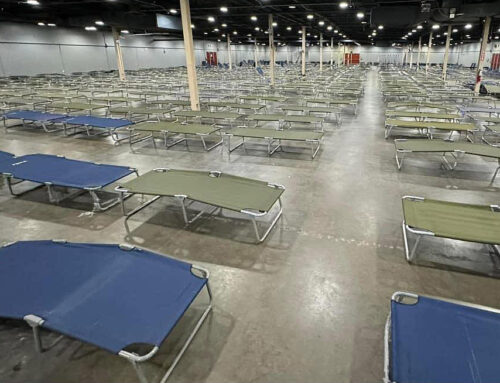In what I can only describe as a moment of boredom the other day, I decided to read the label of the “organic care” hair shampoo I’ve been using for the past three or four years.
Based on my command of the English language and my understanding of the label “organic,” I was expecting a list of friendly, gentle, “natural” ingredients that were undoubtedly contributing to my luxurious (but curiously dwindling) head of hair.
Well, here’s what I found: Ammonium Laurel Sulfate, Ammonium Laureate Sulfate, Lauramide DEA or Cocamide MEA, Dimethicone, Glycerin, Ammonium Xylenesulfonate, PVM/MA Decadiene Crosspolymer, Hydroxypropyl Methylcellulose, Citric Acid, Fragrance, Silk Protein, Aloe Barbadensis Extract, Retinyl Palmitate, Panthenol, Tocopheryl Acetate, Honey Extract (finally something I recognized), Propylene Glycol, Sodium Lauryl Sulfate, Cocamide DEA or Cocamide MEA, Hydrogenated Ditallowamine, Tetrasodium EDTA, Methylchloroisothiazolinone, Methylisothiazolinone, DMDM Hydantoin, Methenamine.
And water.
For all I know about scientific compounds, of course, I could pour everything in this list of “organic” ingredients on my breakfast cereal every morning and skip happily all the way to the office.
But bran flakes topped with methylchloroisothiazolinone and tocopheryl acetate just don’t sound too appetizing.
Here’s what I’m getting at: Due to my willingness to go along with the suggestive marketing label that this shampoo is “organic,” I’ve been pouring who-knows-what on my head for a long time.
And that’s not unlike the point we’re trying to make in this month’s cover story about crime in our neighborhood.
In street-corner conversation, it’s taken as a given that many of the northern suburbs – Plano, Lewisville and Coppell – are much safer than our neighborhood.
In fact, the images on the 10 o’clock news and in the Morning News seem to bear that statement out.
But in reality, if we compare the neighborhoods we actually live in with suburbs that have similar home values, the difference in crime really isn’t that shocking.
It’s there, to be sure. But it’s not as statistically significant as we all seem to think.
Sure, we have a few more crimes against property in our neighborhood than in some (but not all) of our neighboring suburbs, but that’s probably more a function of home construction than anything else: Many of us don’t have garages or security alarms, and we don’t all live behind towering backyard fences.
But when it comes to murders, assaults and the more violent crimes against people, we’re no more likely to be a victim than our more crime-savvy friends in Plano and Lewisville.
Argue that point all you want at the next neighborhood gathering, but the numbers are pretty clear: Less than 1 of every 1,000 of us will be the victim of a violent crime, regardless of whether we live in Lake Highlands, Lewisville, Coppell or Plano.
I hope this little discussion is enough to interest you in our cover story. And after you’ve read it, I’ll be very interested to hear what you think about the accuracy of labels.





